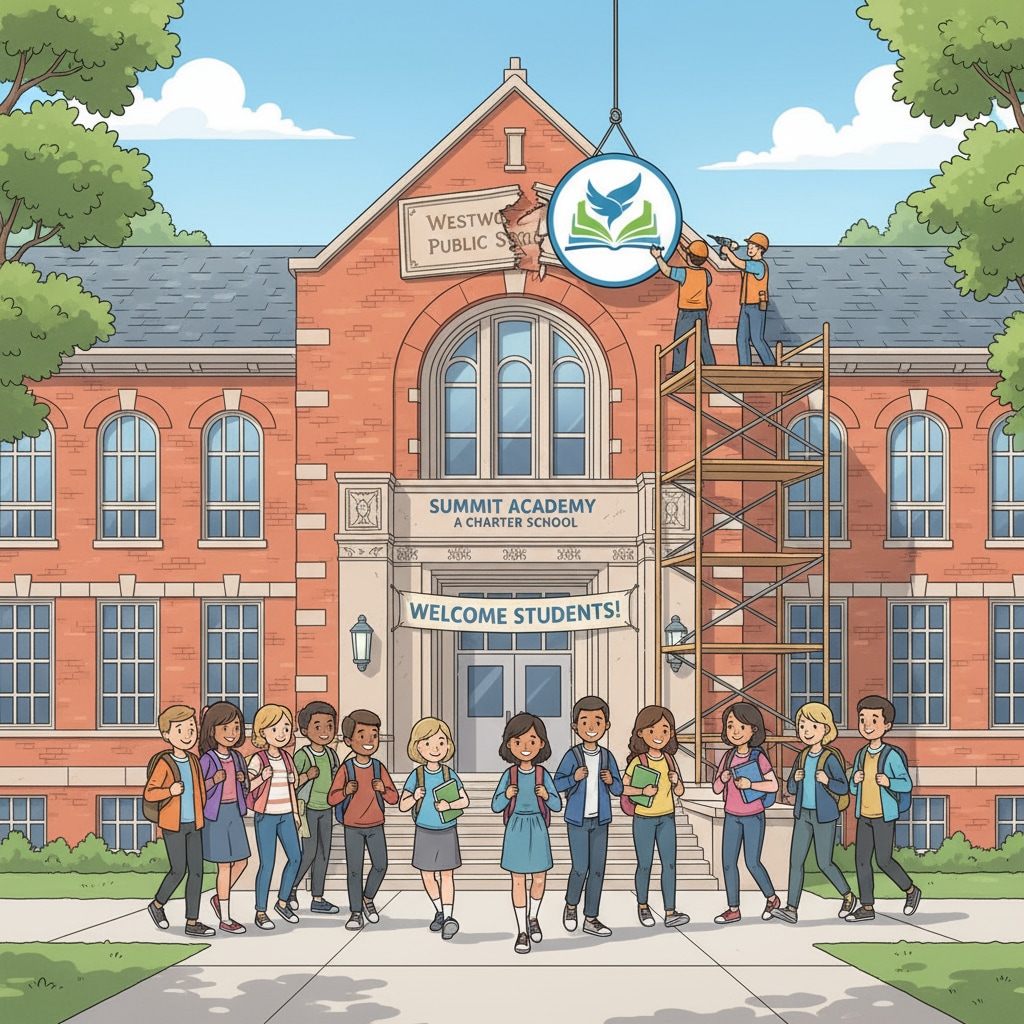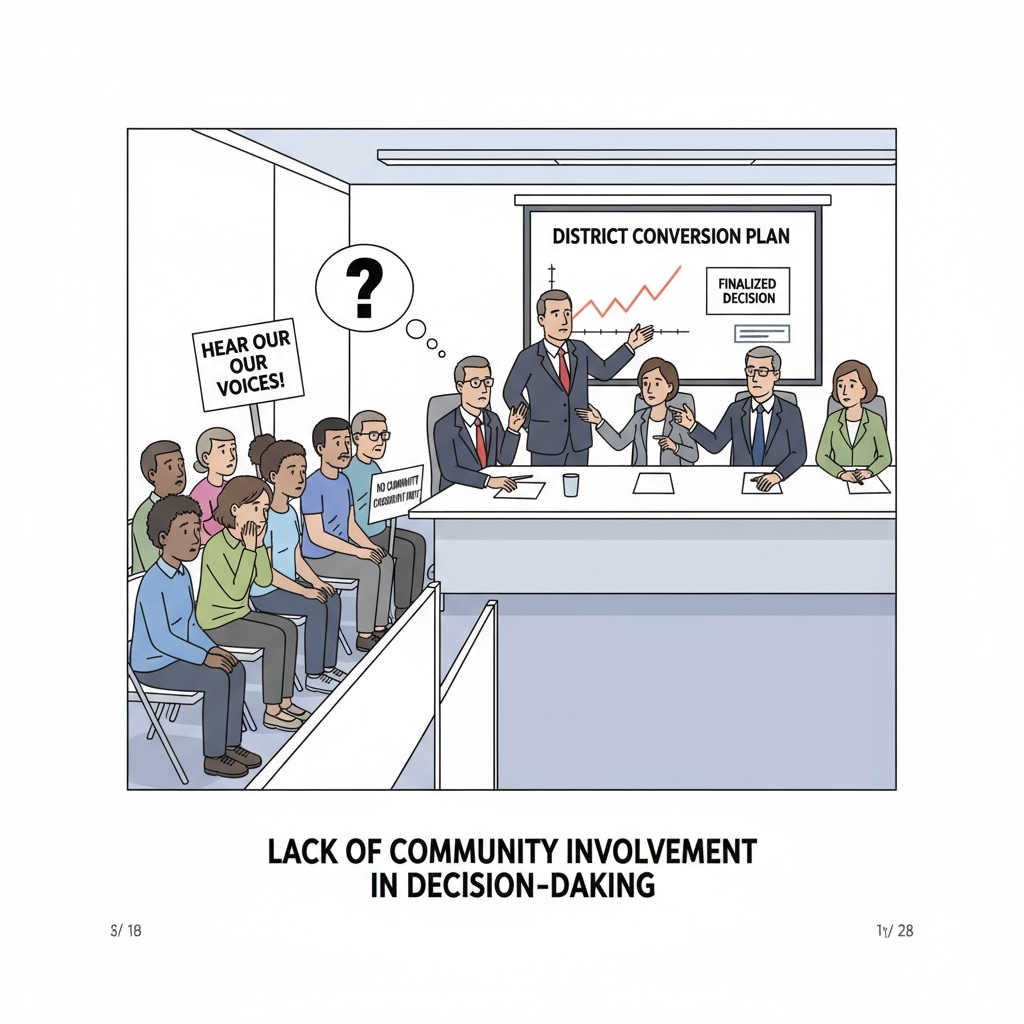School districts, public elementary schools, charter schools, and resource redistribution are at the heart of a significant educational shift occurring in many communities. When a public elementary school in a low – income community is converted into a charter school, such as one with a Montessori or bilingual immersion program, it sets off a chain of events that deeply impacts the local educational landscape.

This transformation is not just about a change in the school’s management structure but also brings about complex issues regarding the reallocation of educational resources.
The Decision – Making Process Behind the Conversion
The decision to convert a public elementary school into a charter school is often multi – faceted. School districts may be driven by various factors. For example, they might believe that charter schools can offer more innovative educational models. According to The U.S. Department of Education’s guidelines, charter schools are given more flexibility in curriculum design and teaching methods. In some cases, the district might see it as a way to boost student performance, especially if the public school has been struggling academically. However, this decision – making process often lacks in – depth community consultation. Community members, who are the direct stakeholders, may not be fully involved in the discussions, which can lead to a sense of disenfranchisement.

Impact on Educational Equity
The conversion can have a significant impact on educational equity. On one hand, charter schools with specialized programs like Montessori or bilingual immersion can attract students who are eager for these unique educational experiences. This might create a situation where students from more privileged backgrounds are more likely to enroll, as they may have more resources to support their children’s education in such schools. As a result, the remaining public schools in the area may be left with a more disadvantaged student population. On the other hand, if the charter school receives a disproportionate share of resources, it can widen the gap between different schools in the district. According to a study by The Brookings Institution, resource disparities between charter and traditional public schools can lead to unequal educational opportunities.
Effect on Community Identity
Community identity is also greatly affected by the conversion. Public schools are often the heart of a community, where generations of families have sent their children. When a public school becomes a charter school, it can disrupt this long – standing connection. The new charter school may have different rules, values, and even a different student body composition. This can lead to a sense of loss within the community. Community members may feel that their local school, which was once a symbol of unity, is now something foreign. For example, the change in the school’s name, logo, and overall atmosphere can make it difficult for the community to identify with the new institution.
In conclusion, the transformation of public elementary schools into charter schools within school districts is a complex issue that involves intricate resource reallocation. It impacts educational equity, community identity, and the overall educational fabric of the community. All stakeholders, including school districts, community members, and educators, need to work together to ensure that any such conversions are carried out in a way that promotes fairness and preserves the community’s educational heritage. This is crucial for the sustainable development of education in these communities.
Readability guidance: The article uses short paragraphs to present clear ideas. Each H2 section has a focused discussion. Passive语态 is minimized, and transition words like ‘however’, ‘for example’, and ‘as a result’ are used to enhance the flow.要点 are presented in a straightforward manner to improve readability.


